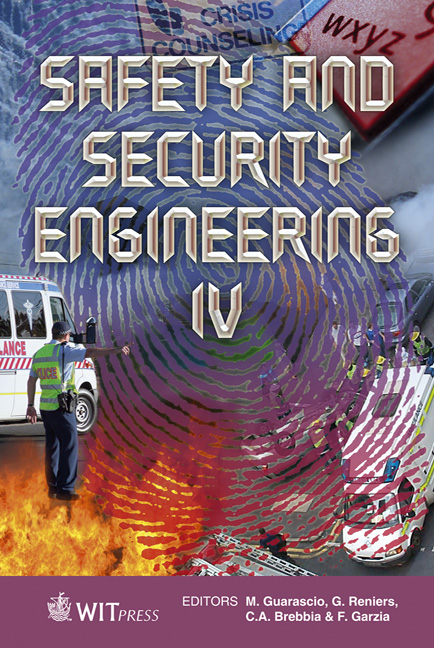Traffic Safety: Non-linear Causation For Injury Severity
Price
Free (open access)
Transaction
Volume
117
Pages
11
Page Range
241 - 251
Published
2011
Size
208 kb
Paper DOI
10.2495/SAFE110221
Copyright
WIT Press
Author(s)
M. Mougeot & R. Azencott
Abstract
In Europe traffic accidents are now widely recorded in national databases. In view of the massive amounts of accident data, the use of data mining tools is essential to sift truly relevant information. Classical statistical tools evaluate the strength of potential causal relationships by essentially linear techniques, or strongly rely on ad hoc specific models. We outline here how mutual information ratios based on conditional entropy contribute to rigorously quantify the influence of causation factors on injury severity, with no hypothesis on underlying relationships between observed variables. We successfully apply this approach to analyze causation factors in the German In Depth Accident Study database, which is one of the largest and most complete in depth accident survey and data collection in Europe. The results show that additional safety gains potential are expected fromintelligent speed adaptation systems, collision warning and collision avoidance systems. Keywords: risk analysis, safety, mutual information, conditional entropy. 1 Introduction Traffic accidents are a major concern due to their economic and social costs and, above all, because accident injuries are often incapacitating or fatal. Accident injuries can result from a large number of causes, including human, vehicle, safety or environment factors. Information on traffic accidents in Europe are today stored in large databases that systematically record many descriptive fields. In the German In Depth Accident Study (GIDAS) database, dedicated to traffic accidents in Germany, more than 800 fields are assigned to describe each accident and more than 2000 new accidents are stored each year. Extraction of significant injury causation factors hidden in massive databases allows a better understanding and
Keywords
risk analysis, safety, mutual information, conditional entropy





